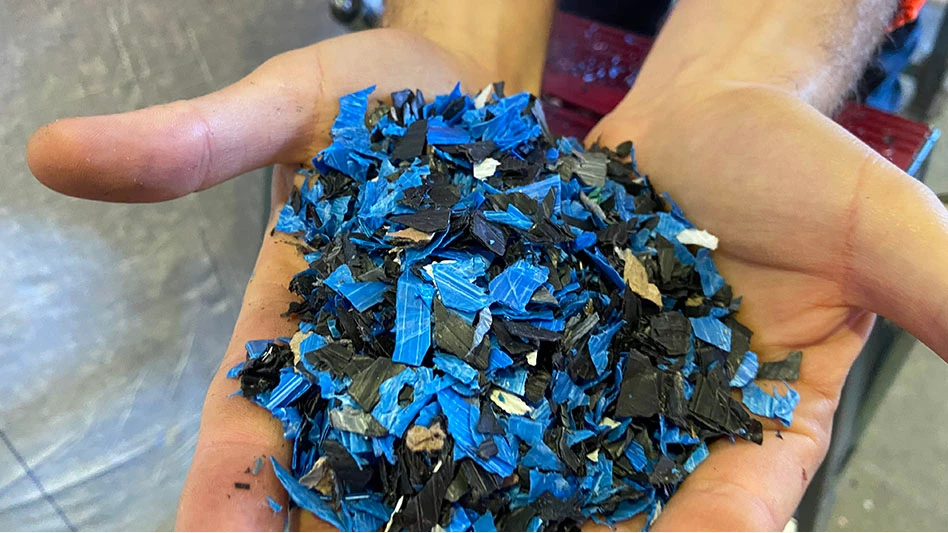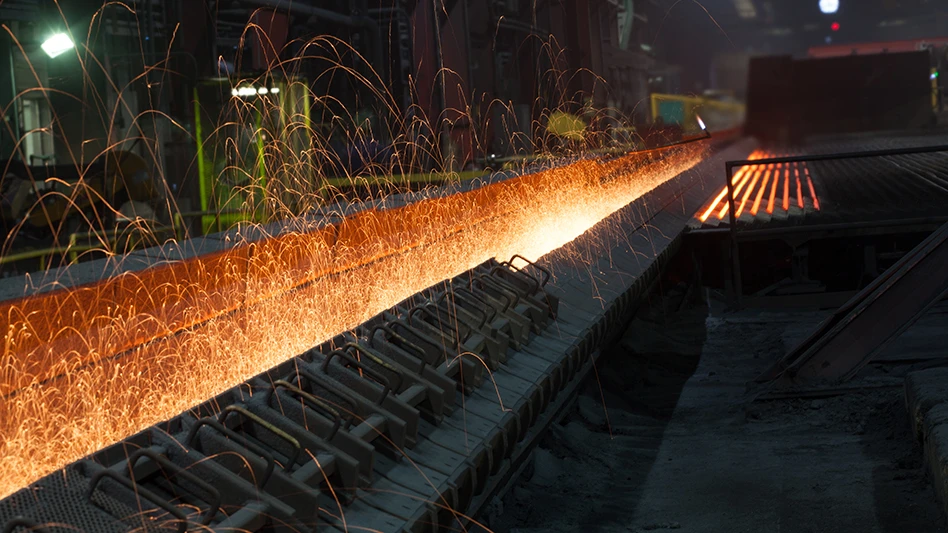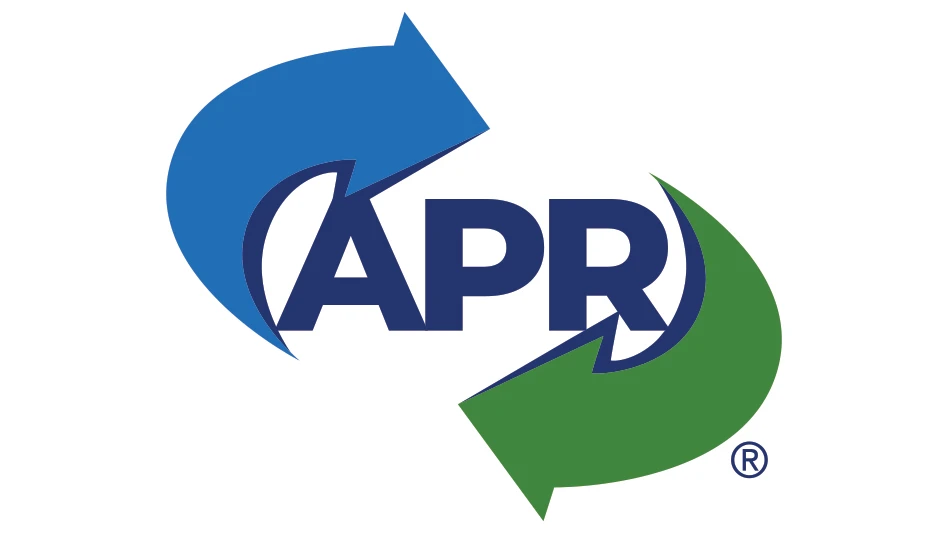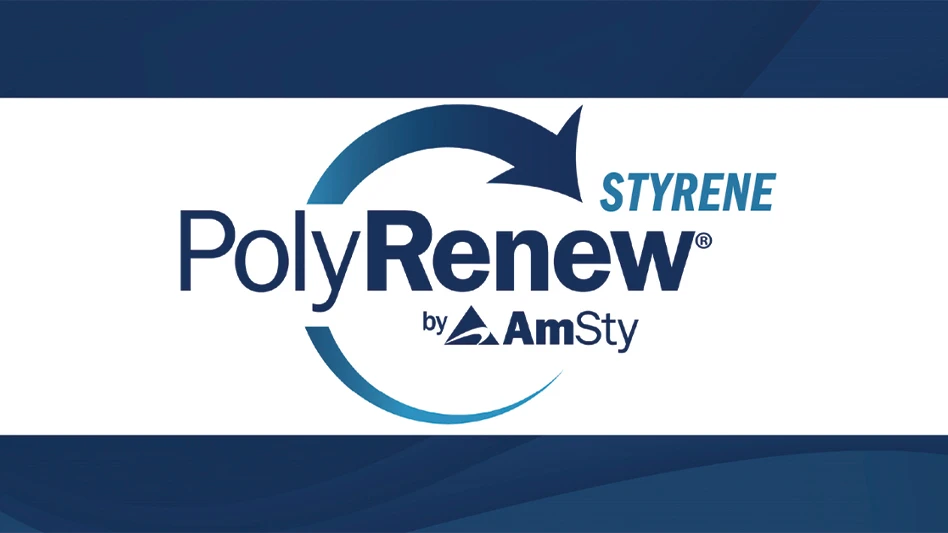Shopping for collection trucks is a serious, long-term decision. Swallowing some higher initial costs can give private and public recyclers long-term efficiencies and savings on their fleet vehicles.
Before talking to salespeople, however, haulers first should do their homework. Initially, recyclers can look at the local collection environment. Does it lean toward single-stream or dual-stream collection? Are recyclables being delivered to a modern sorting facility? Is the route mainly residential, commercial or mixed?
Next, haulers may wish to look at such issues as local weight restrictions on over-the-road vehicles. Are there local municipal requirements? Do municipalities use GVW (gross vehicle weight) or federal guidelines? Are there width requirements on vehicles? (In the narrow streets of old cities like Boston and Charleston, S.C., the requirement is going to be quite different than in the more open streets of suburban Denver or Tucson, Ariz.)
Some other points vehicle operators may want to consider when shopping for new collection trucks is how much material is being recycled, how often recyclables are collected and the size of the containers that are used. Haulers of recyclables also should know the distance to each MRF (material recovery facility) or transfer station the trucks visit and define potential travel constraints in light of noise restrictions, road conditions or other physical barriers.
While the recession and a lack of municipal financing has had a huge impact on truck sales, collection programs will continue. When shopping for new vehicles, operators often demand more efficient trucks with fewer maintenance requirements and longer useful lives. Manufacturers say they are trying to meet those needs.
LONGER LIFE SPANS
“The typical life span of a truck used to be seven or eight years. Now, recyclers in the Midwest are looking for trucks with 10- or 12-year lives,” says Phil Jensen, a product manager with Labrie Group’s Leach Division, St. Nicolas, Quebec.
“The downward trend of the economy is driving refuse collection truck owners to squeeze the life out of every piece of equipment to delay the cost of purchasing new equipment,” agrees Jody Hurley, product manager for Heil, headquartered in Chattanooga, Tenn. “Maintenance costs may increase; but, in the short-term, this seems to be the [buyer’s] direction.”
He says he sees a decisive trend to single-stream recycling. “Refuse collection companies have determined it is a more cost-effective model to collect all recyclables and sort them at a MRF rather than force consumers to sort or have the route operators sort on the curb,” he says.
In tandem, sorting equipment technology has advanced to help make single-stream recycling more efficient.
“When the trash and recyclables are going to the same facility, more haulers are using split-body vehicles to save on capital investment and operating costs while reducing traffic, pollution and other intrusions to the neighborhoods they serve,” Hurley says.
“Single-stream collection is a powerful tool,” says Jensen. “When you do the cost analysis, the benefit is pushed to the operator, whether commercial or public.” Jensen adds, “Dual-stream collection equipment costs a bit more up front but the benefits are much more long-term oriented. Single-stream operators will see additional efficiencies.” He adds, “Rather than picking up three carts, they can pick up one.”
He says a single-stream hauler will typically see $20,000 to $30,000 in hauling cost savings over the life of a truck. “If you have 10 trucks in your fleet, it adds up,” Jensen says.
There are labor savings, too. An automated side-loader will collect between 800 and 1,000 carts per day. A dual-stream system may cut that figure in half, says Jensen.
Jensen says a single-cart system will have the best short-term and long-term efficiency and will keep homeowners happy. A 1 percent drop rate of collected materials is realistic. “If you are picking up two carts, you double the rate of drops,” he notes. The results are a messier neighborhood and longer route times.
Location will be a factor in many decisions. In Florida, manual collection remains the norm; little is automated. Much of the New York-New England area still does waste and recycling pickups the way it did 50 years ago. Narrow streets make change difficult. The Midwest seems fixated on cost of operation, moving away from cost of initial ownership and recognizing that operating costs can outrun capital costs over the life of a vehicle. The West Coast market is driven by procedure. While cost to operate is a concern, functionality, cleanliness and adaptability to local laws and weight restrictions seem to drive the market. Heil points to a vivid trend toward single-stream collection. “Most of our customers realize they can pick up the same routes with a single truck. One day the unit is picking up trash, the next it could be collecting recyclables or yard waste,” Hurley says. “In some communities we’ve analyzed, the municipality is collecting the trash, and the recyclable pickups are contracted to a third-party hauler.”
USING TECHNOLOGY
A whole host of technological boosts will help private and municipal collections. GPS route optimization offers huge savings—on first-time route setup and for those times when new neighborhoods open up along a route or a collection truck breaks down and a replacement has to be rerouted to cover the territory.
RFID (radio-frequency identification) tagging is another tool that allows management to collect a variety of information painlessly. The savings with RFID tools accrue in other areas of truck management, such as maintenance.
Jensen says the Telma Brake Retarder, which uses magnetic power to generate more braking ability, may be a worthwhile investment for some haulers. It is designed to reduce stress on the engine and cut break wear by as much as 30 percent. In addition to fuel savings, recyclers also may save on tire wear, pads, drums and rotors.
Finding new solutions for disposing of food waste is another trend gaining momentum. Hurley says a new generation of consumers is coming of age. “They are more aware of how technology ties to the environment and about recycling in general than previous generations. They want to recycle and compost their food waste in addition to [recycling] glass, aluminum, paper and plastic,” he says.
SAVING FUEL
With budgets tight, recyclers are quite conscious of fuel costs. Most are looking for money-saving alternatives. “CNG (compressed natural gas) impresses me most,” Jensen says.
The downside to CNG is a loss of torque on the vehicle—and that costs power. This can be a significant factor when a route involves hills or stop-start in its terrain.
New to collection vehicles in 2009 was a technological aid to save between 20 percent and 30 percent on fuel. Called the Hydraulic Launch Assist (HLA) system from Eaton, it is designed to generate extra power for a vehicle and to have a positive effect on fuel savings with start-stop operation. The HLA system does not decrease power—in fact, there may be torque increase. But the HLA system does add weight and requires a chassis with a larger wheelbase, sacrificing turning radius.
The HLA system basically is a parallel hybrid hydraulic system that supplements the conventional vehicle powertrain with the addition of a hybrid hydraulic system. The HLA system can be installed as an aftermarket product or by chassis manufacturers like Freightliner, International, Kenworth or Peterbilt.
Heil reports that it has seen a decline in sales of semi-automated split body recycling collection units because of the trend toward single-stream collection. With it came an increase in sales for automated side loaders. Heil’s Semi-Trailer Automated Side Loader system, the STARR, offers fully automated side loader collection, Hurley says.
He notes that dual tandem trailers can be used to reduce fuel-consuming trips to the landfill. Heil’s Rapid Rail Co-Collector lets recyclers reduce the number of passes on a route. This split-body unit collects two containerized commodities in one pass. “The cost savings with a split-body unit are tremendous when compared to using two units, two operators and twice as much fuel,” Hurley says.
PAYING FOR IT
The bottom line is, well, the bottom line. Buying trucks is not cheap. Almost every manufacturer requires a buyer to get bank financing for equipment. McNeilus offers a lease/rental option through its Oshkosh/McNeilus Financial Services.
Heil’s authorized dealer network offers many choices for leasing or financing a vehicle. “While the financing environment has become much more conservative since the fall of 2008, many options exist for qualified buyers to lease or purchase a vehicle at very attractive rates,” Hurley says.
Jensen says Labrie has a demonstration program that will allow a purchaser to try a truck for a while. Temporary replacement trucks also are available for stop-gap measures.
The author is a freelance writer based in Cleveland. He can be contacted at curt@curtharler.com.
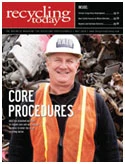
Explore the May 2010 Issue
Check out more from this issue and find your next story to read.
Latest from Recycling Today
- AF&PA report shows decrease in packaging paper shipments
- GreenMantra names new CEO
- Agilyx says Styrenyx technology reduces carbon footprint in styrene production
- SABIC’s Trucircle PE used for greenhouse roofing
- Hydro to add wire rod casthouse in Norway
- Hindalco to invest in copper, aluminum business in India
- Recycled steel price crosses $500 per ton threshold
- Smithers report looks at PCR plastic’s near-term prospects

